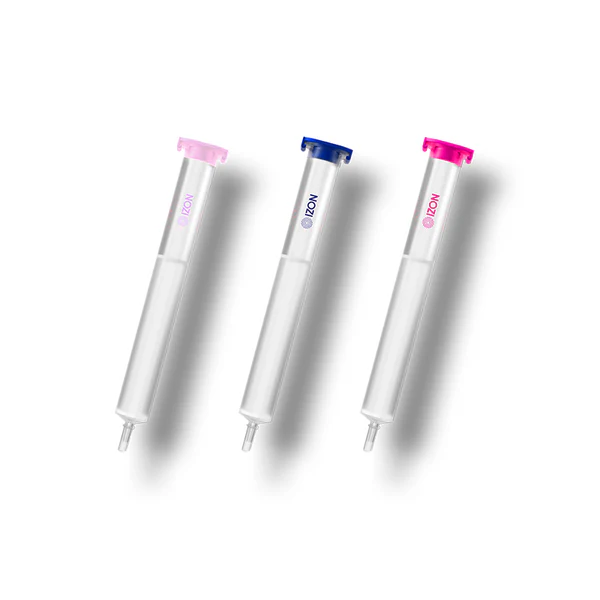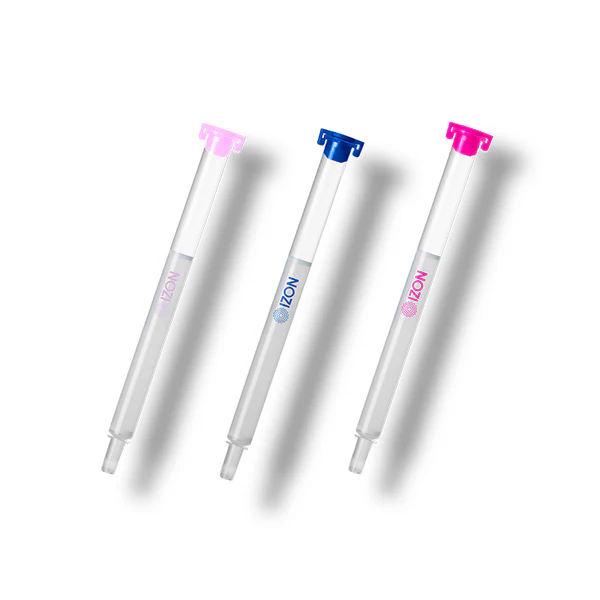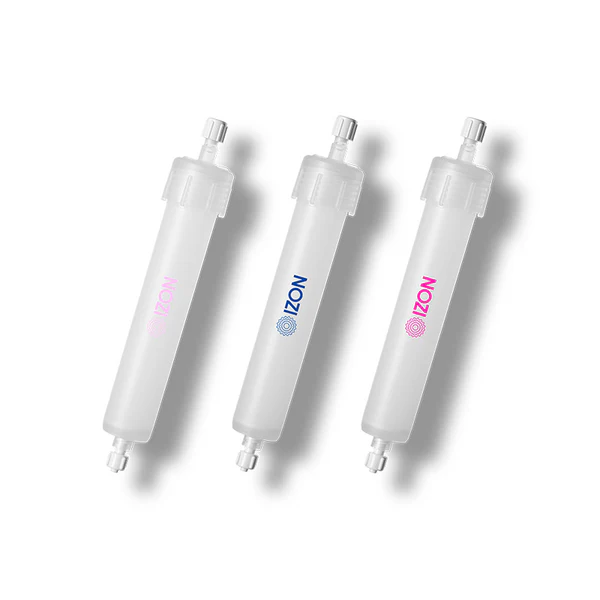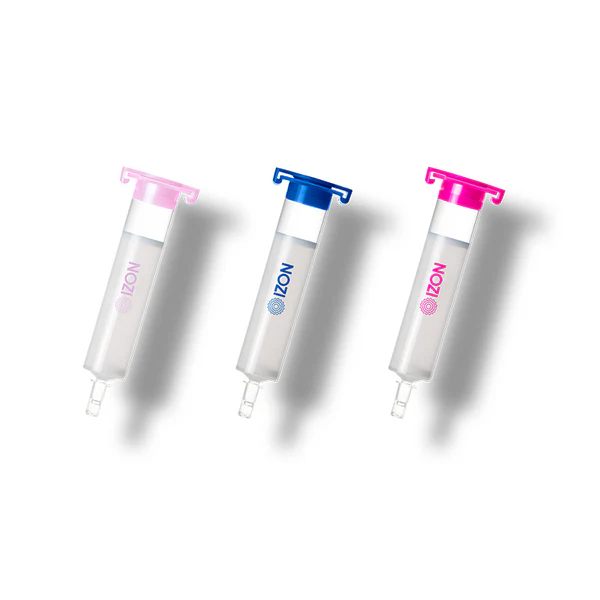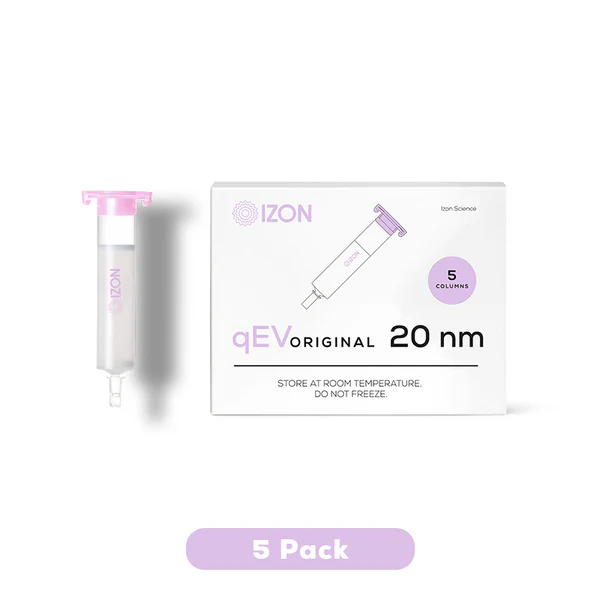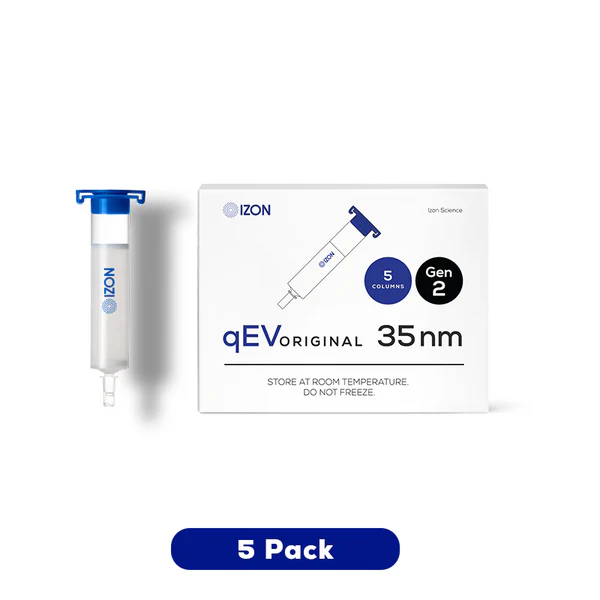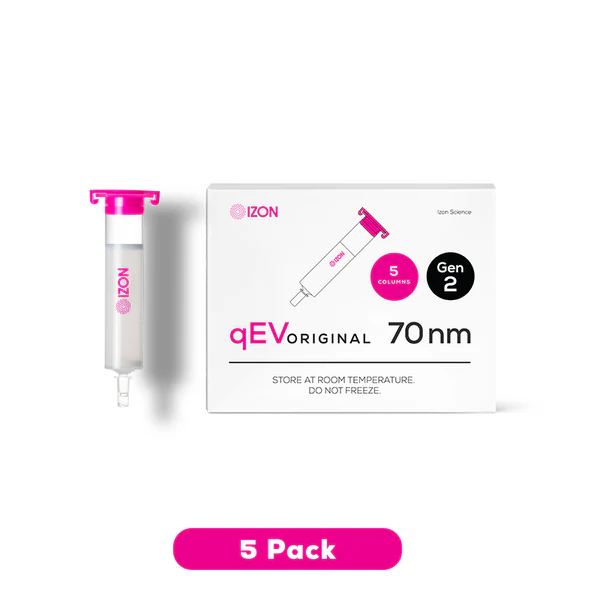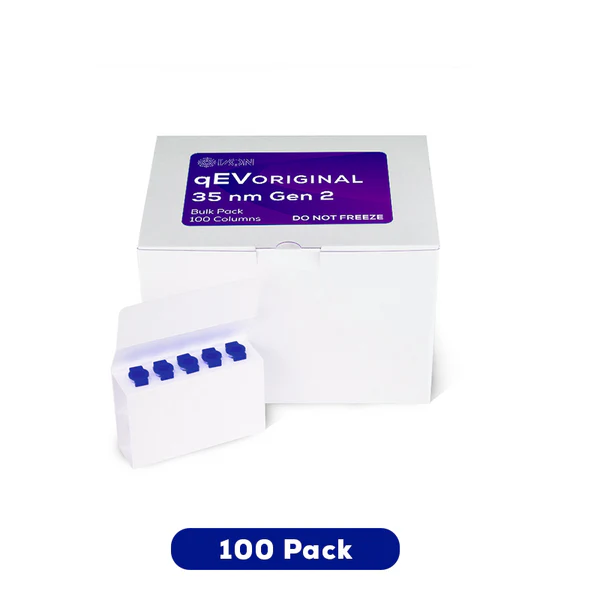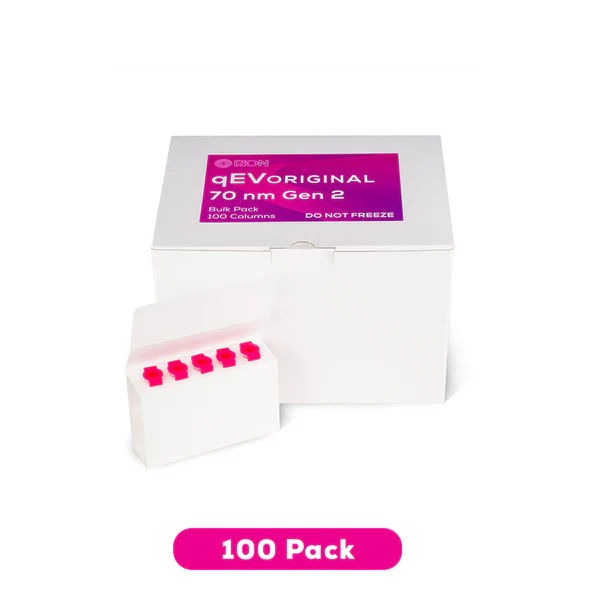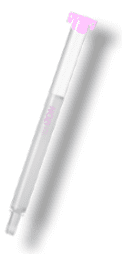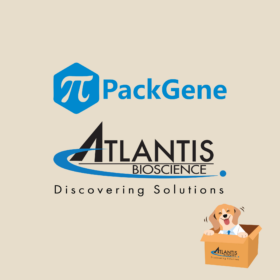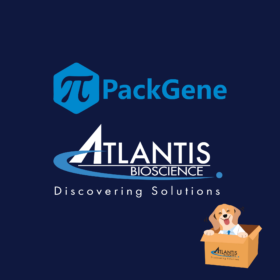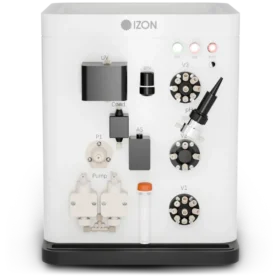qEV provides the most simple and rapid isolation of EV/exosomes. With just 15 minutes, you can easily obtain a highly purified sample of intact exosomes!
Our isolation and measurement techniques bring reproducibility and precision to the extracellular vesicle (EV) field. Together, our qEV Isolation and TRPS measurement technology enable exosomes, microvesicles and other EVs to be isolated prior to size and concentration measurement.
qEV columns harness principles of size exclusion chromatography to provide an effective approach to EV isolation, and when paired with the Automatic Fraction Collector (AFC), streamline and standardise your EV isolation workflow. Tunable resistive pulse sensing (TRPS) is a single-particle measurement technique that utilises the Coulter principle to provide precise, high-resolution measurements on a particle-by-particle basis.
Our qEV isolation platform provides reproducible and efficient separation solutions for fundamental research, and a scalable and standardisable approach for developing EVs in diagnostic, therapeutic, and cosmetic. The qEV columns can also be used for isolating highly pure samples of viruses and virus-like particles for research, diagnostics, monitoring therapeutic response, vaccine development, and gene therapy!
Product highlights:
- No carryover: The qEVsingle is the smallest of the qEV range and the only column designed for single-use
- Precision isolation: Isolate exosomes and other EVs from biofluids or cell culture media with high purity. Available in different columns optimised for different sample loading volumes.
- High purity: Remove soluble proteins effectively to obtain a highly purified EV isolate
- AFC-ready: Fully compatible with the Automatic Fraction Collector (AFC) for efficient and reproducible isolation for all Izon columns, except for qEV100.
- Universal compatibility: Can be easily adapted to automated chromatography systems using Leur Lock hose barb fittings for the following columns, qEV2, qEV10, and qEV100.
- Choose your resin series: Delve into more smaller particles with the 20 nm range, isolate small EVs with the 35 nm Gen 2 series, or opt for 70 nm Gen 2 columns for greater ApoB removal. Expect longer lead times for the 20 nm range.
- Quality assurance: Izon products are designed and manufactured under a quality system certified to ISO 13485:2016.
How qEV Isolation Columns Work
qEV columns use principles of size exclusion chromatography (SEC) to separate exosomes and other extracellular vesicles (EVs) from contaminating particles, such as proteins and lipoproteins.
The molecules are separated by their size as they pass through a column consisting of porous resin particles. In qEV isolation, larger particles are unable to enter pores in the resin, and instead flow through the resin relatively quickly. In contrast, particles smaller than the lower end of the isolation range (20, 35 nm or 70 nm) enter pores in the resin, which slows their journey. Through this size-based separation, EVs and soluble protein are separated to a high degree of resolution, and a purified volume can be obtained.
The New qEV Gen 2
The qEV Gen 2 range is comprised of Izon’s most advanced size exclusion chromatography columns. To achieve the best possible results, qEV Gen 2 columns are made from a high-performance resin developed specifically for the isolation of extracellular vesicles (EVs). Spanning six column sizes, the complete range is comprised of columns optimised for different sample loading volumes. This diversity enables qEV Gen 2 columns to provide a strong foundation for EV isolation across diagnostics, therapeutics, and fundamental research.
GMP-Ready Columns:
Izon’s qEV columns are used by global biopharmaceutical companies working with extracellular vesicles, and we are prepared to assist with your regulatory requirements. We have implemented a number of measures in qEV column production, to ensure the necessary protocols and validation assays are in place. Each batch of GMP-ready columns is subject to bioburden and endotoxin testing, with the results compared against defined criteria for release.
Find Your Ideal qEV Column
Step 1: CHOOSE YOUR qEV SERIES
The qEV columns come in 3 different pore sizes (20nm, 35nm, 70nm), and have been optimised to suit a wide range of sample loading volumes.
20 nm series:
Miximise particle recovery
Isolation capabilities are relevant to the study of:
- Exomeres & supermeres
- Small EVs
- Small viruses, including adenoviruses
- EV-only biomarkers
35 nm series:
The middle ground
- Popular in the study of EVs, especially cell culture-derived EVs
70 nm series:
Maximise EV isolate purity
Popular in the study of:
- EV-omics
- Plasma EV biomarkers
- Functional studies: establishing EV-based effects and separating them from that of protein/lipoprotein
The name of each qEV series derives from the pore size of the resin used for that particular column range. The resulting purified isolates have slightly different characteristics.
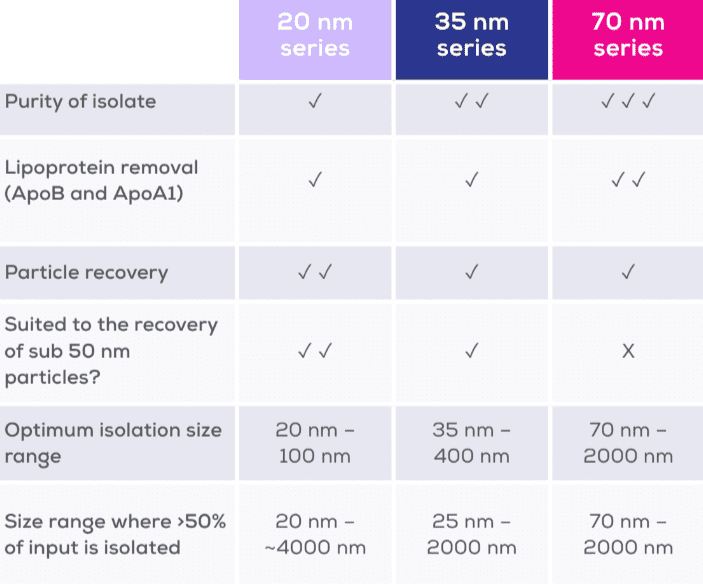
Step 2: CHOOSE YOUR COLUMN SIZE
qEVsingle
150 μL
Sample loading volume (recommended for highest purity)
- Ideal for small biological samples: Optimised for small samples
- Designed for single use: No RNA carryover

qEVoriginal
500 μL
Sample loading volume (recommended for highest purity)
- Ideal for high-throughput studies: The most popular qEV column
- Reusable: Up to 5 times

qEV1
1 mL
Sample loading volume (recommended for highest purity)
- Ideal for high-throughput studies and ev-rna preparation: A more recent addition, made following popular request
- Reusable: Up to 5 times
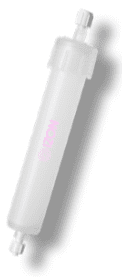
qEV2
2 mL
Sample loading volume (recommended for highest purity)
- Ideal for samples used in clinical and fundamental research: Includes Leur Lock fitting
- Reusable: Up to 5 times
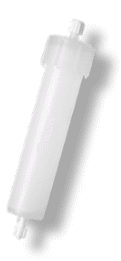
qEV10
Up to 10 mL
Sample loading volume (recommended for highest purity)
- Ideal for large volume cell culture supernatant: Includes Leur Lock fitting
- Reusable: Up to 5 times
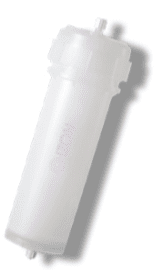
qEV100
Up to 100 mL
Sample loading volume (recommended for highest purity)
- Ideal for industrial volumes of cell culture supernatant: Includes Leur Lock fitting
- Reusable: Up to 5 times
Table to Compare:
| Description | Formats | Pack Size | Sample loading volume | Usage |
| qEVsingle Columns | 20nM, 35nM, 70nM | 20 Pack | 150uL | Single-use |
| qEVoriginal Columns | 20nM, 35nM, 70nM | 5 Pack, 100 Pack | 500uL | Reusable, up to 5 times |
| qEV1 Columns | 20nM, 35nM, 70nM | 5 Pack | 1mL | Reusable, up to 5 times |
| qEV2 Columns | 20nM, 35nM, 70nM | 2 Pack | 2mL | Reusable, up to 5 times |
| qEV10 Columns | 20nM, 35nM, 70nM | 1 Pack | 10mL | Reusable, up to 5 times |
| qEV100 Columns | 20nM, 35nM, 70nM | 1 Pack | 100mL | Reusable, up to 5 times |
*All 20nm series and qEV100 Columns are made-to-order
Reference Publications
Gustafson, D., DiStefano, P.V., Wang, X.F. et al.
Circulating small extracellular vesicles mediate vascular hyperpermeability in diabetes
Diabetologia 67, 1138–1154 (2024).
DOI: https://doi.org/10.1007/s00125-024-06120-9
Article Snippet: “Enrichment for sEVs from human plasma was conducted by size-exclusion chromatography (SEC) using first-generation qEV single (70 nm) columns (Izon Science, Medford, MA, USA) by combining eluate fractions six through ten; following the MIBlood-EV reporting framework”
Wang, X. et al.
Human proximal tubular epithelial cell-derived small extracellular vesicles mediate synchronized tubular ferroptosis in hypoxic kidney injury
Redox Biology, 70, 103042 (2024).
DOI: https://doi.org/10.1016/j.redox.2024.103042
Ariticle Snippet: “The concentrated urinary supernatant was subsequently loaded onto a qEV size exclusion column (Izon Science Ltd) for usEV isolation and downstream analysis (qNano, electron microscopy) in the same manner as PTEC culture medium-derived sEV.”
Creeden, J. F. et al.
Smart exosomes enhance PDAC targeted therapy
Journal of Controlled Release, 368, 413-429 (2024).
DOI: https://doi.org/10.1016/j.jconrel.2024.02.037
Article Snippet: “IZON qEV original SEC columns were removed from their 4 °C storage refrigerator, and the 20% ethanol storage solution was allowed to run through the column, followed by 20 ml of particle-free PBS.”
Venkatesh Kumar Chetty, et al.
Y-box binding protein 1 in small extracellular vesicles reduces mesenchymal stem cell differentiation to osteoblasts—implications for acute myeloid leukaemia
Journal of Extracellular Vesicles, 13, e12417 (2024).
DOI: https://doi.org/10.1002/jev2.12417
Article Snippet: “Then, the labelling reaction was stopped by adding 1% BSA in DPBS. Unlabelled PKH26 dye was removed by loading the samples into IZON qEV original column (IZON Science, Christchurch, NZ).”
Tscherrig V, Steinfort M, Haesler V, Surbek D, Schoeberlein A, Joerger-Messerli MS
All but Small: miRNAs from Wharton’s Jelly-Mesenchymal Stromal Cell Small Extracellular Vesicles Rescue Premature White Matter Injury after Intranasal Administration
Cells, 13(6), 543 (2024).
DOI: https://doi.org/10.3390/cells13060543
Article Snippet: “The UC was followed by size-exclusion chromatography (SEC), using an automatic fraction collector (IZON Science Ltd., Addington, Christchurch, New Zealand) in combination with Gen2 qEV single columns and 1× PBS as collection buffer.”
Ibrahim, P. et al.
Profiling Small RNA From Brain Extracellular Vesicles in Individuals With Depression
International Journal of Neuropsychopharmacology, 27(3), pyae013 (2024).
DOI: https://doi.org/10.1093/ijnp/pyae013
Article Snippet: “The supernatant of cohort samples was overlaid on a size exclusion column (Izon Science, New Zealand) for EV separation according to the manufacturer’s protocol. qEV original columns of the 70-nm series”

